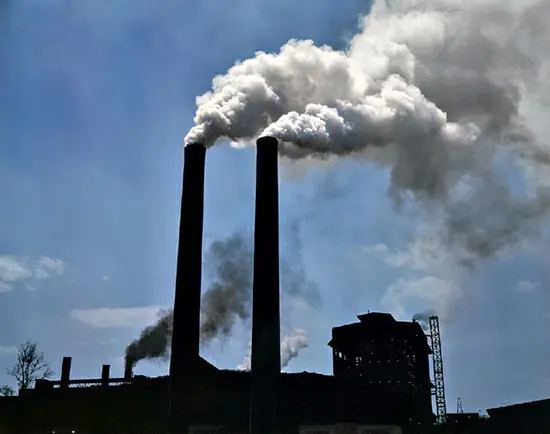The Earth’s atmosphere, initially rich in carbon dioxide (CO2), has undergone significant changes since its formation. CO2, a major component in the early atmosphere, started diminishing with the advent of photosynthesis. Despite being a minor trace gas today, CO2 plays a crucial role as a greenhouse gas, absorbing heat and warming the atmosphere. This greenhouse effect is vital; without it, Earth would be too cold for life as we know it.
Understanding atmospheric CO2 levels is essential as they correlate directly with Earth’s average surface temperature. Studies of sedimentary rocks, ice cores, tree rings, and temperature sensors have demonstrated this link. For instance, during the last glacial maximum about 2 million years ago, CO2 levels were around 180 parts per million (ppm). These levels rose gradually to an average of 280 ppm by the dawn of the Industrial Revolution around 1830.
However, since the Industrial Revolution, CO2 levels have escalated rapidly, reaching unprecedented heights. In 2013, CO2 levels surpassed 400 ppm for the first time in at least 800,000 years. Concurrently, Earth’s average surface temperature has risen by 0.5°C to 1.0°C. The primary drivers of this increase are the burning of fossil fuels and deforestation, highlighting the significant impact human activities have on our climate. This alarming rise in CO2 levels has intensified the search for alternative energy sources and raised concerns about rising sea levels, stronger storms, and more frequent droughts.

